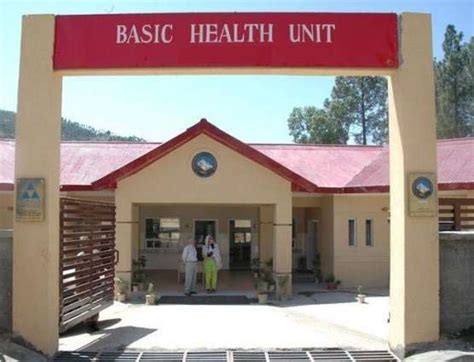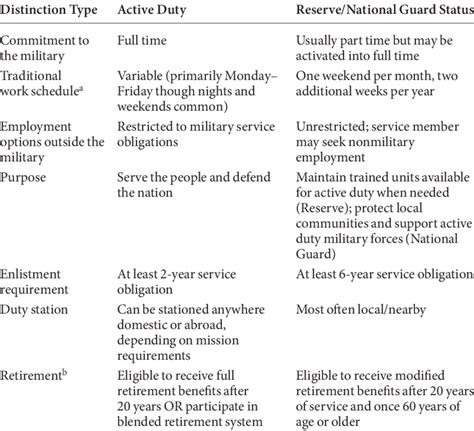Scramjet Engine Explained
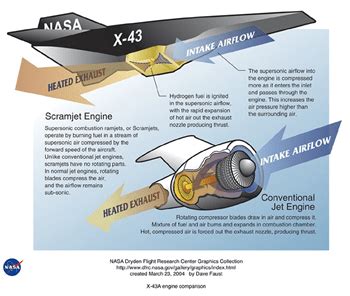
Introduction to Scramjet Engines
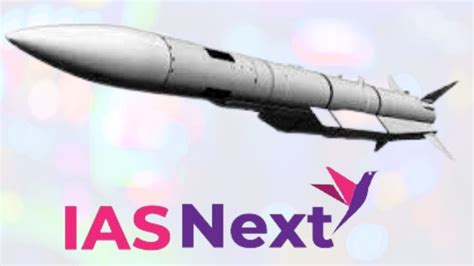
The scramjet engine is a type of jet propulsion engine that utilizes the atmosphere as a source of oxygen to combust fuel, allowing it to operate at incredibly high speeds, typically above Mach 5 (five times the speed of sound). This makes scramjet engines ideal for hypersonic flight, which has numerous applications in fields such as space exploration, military operations, and potentially even commercial aviation. The term “scramjet” is an acronym for Supersonic Combustion Ramjet, which describes the engine’s ability to combust fuel at supersonic speeds.
Basic Principles of Scramjet Engines
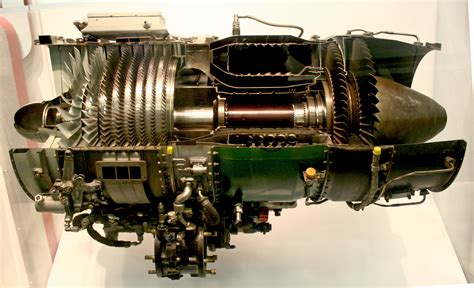
Unlike traditional jet engines, which use a compressor to compress air before combustion, scramjet engines rely on the ram effect to compress the air. As the vehicle travels at high speeds, the air is compressed by the nose cone and inlet of the engine, allowing it to be mixed with fuel and ignited. The combustion process occurs at supersonic speeds, which is a critical aspect of scramjet engine design. The engine’s nozzle is designed to accelerate the exhaust gases to even higher speeds, producing a significant amount of thrust.
Key Components of Scramjet Engines
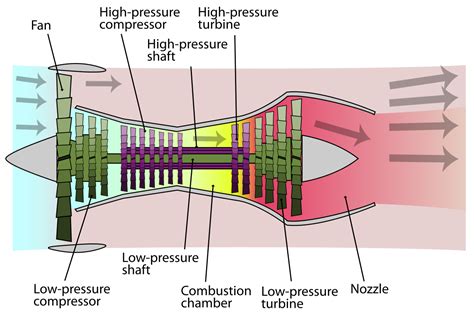
A scramjet engine consists of several key components, including: * Inlet: The inlet is responsible for compressing and slowing down the incoming air, while also preventing the air from entering the engine at too high a speed. * Combustion chamber: The combustion chamber is where the fuel is mixed with the compressed air and ignited, producing a high-temperature and high-pressure gas. * Nozzle: The nozzle is designed to accelerate the exhaust gases to high speeds, producing a significant amount of thrust. * Fuel system: The fuel system is responsible for delivering fuel to the combustion chamber, where it is mixed with the compressed air and ignited.
Challenges and Limitations of Scramjet Engines
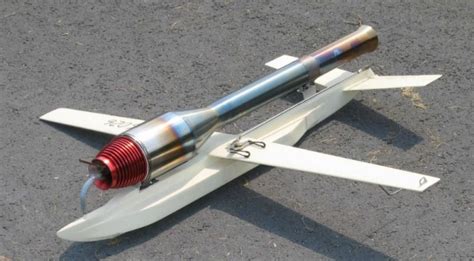
Despite their potential, scramjet engines face several challenges and limitations, including: * Airbreathing: Scramjet engines rely on the atmosphere as a source of oxygen, which can be a limitation at high altitudes where the air is thin. * Heat management: Scramjet engines operate at extremely high temperatures, which can be challenging to manage and can lead to thermal stress on the engine components. * Stability and control: Scramjet engines can be unstable and difficult to control, particularly during the transition from subsonic to supersonic flight. * Fuel efficiency: Scramjet engines are typically less fuel-efficient than traditional jet engines, which can be a limitation for long-duration flights.
Applications of Scramjet Engines
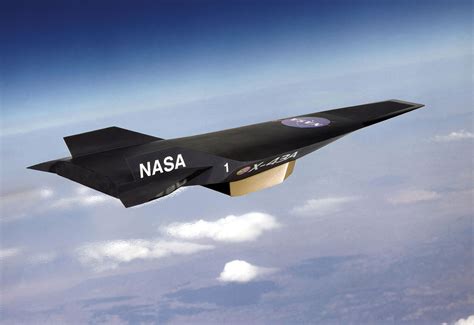
Scramjet engines have numerous potential applications, including: * Space exploration: Scramjet engines could be used to propel vehicles to orbit or even to other planets. * Military operations: Scramjet engines could be used to develop high-speed missiles or unmanned aerial vehicles. * Commercial aviation: Scramjet engines could potentially be used to develop high-speed airliners or business jets. * Research and development: Scramjet engines are being used to advance our understanding of hypersonic flight and to develop new technologies and materials.
🚀 Note: The development of scramjet engines is an active area of research, with several countries and organizations working to overcome the technical challenges and limitations of these engines.
Future Directions for Scramjet Engines
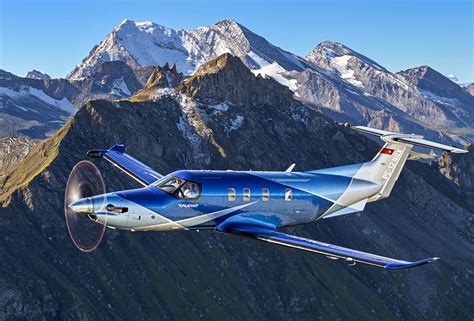
As research and development continue to advance, we can expect to see significant improvements in the design and performance of scramjet engines. Some potential future directions include: * Advanced materials: The development of new materials that can withstand the high temperatures and stresses associated with scramjet engines. * Improved fuel efficiency: The development of more efficient fuel systems and combustion chambers to reduce the fuel consumption of scramjet engines. * Increased stability and control: The development of advanced control systems and stability augmentation systems to improve the stability and control of scramjet engines. * Integration with other propulsion systems: The development of hybrid propulsion systems that combine scramjet engines with other types of engines, such as rocket engines or electric propulsion.
| Component | Description |
|---|---|
| Inlet | Compresses and slows down incoming air |
| Combustion chamber | Mixes fuel with compressed air and ignites |
| Nozzle | Accelerates exhaust gases to high speeds |
| Fuel system | Delivers fuel to combustion chamber |
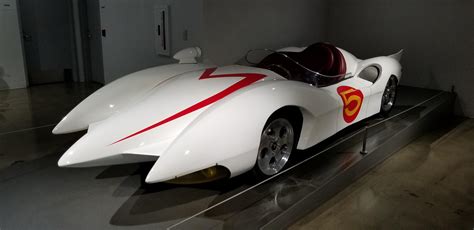
In summary, scramjet engines are a type of jet propulsion engine that utilizes the atmosphere as a source of oxygen to combust fuel, allowing it to operate at incredibly high speeds. While they face several challenges and limitations, scramjet engines have numerous potential applications in fields such as space exploration, military operations, and commercial aviation. As research and development continue to advance, we can expect to see significant improvements in the design and performance of scramjet engines, enabling them to play a major role in the future of hypersonic flight.
What is the main advantage of scramjet engines?

+
The main advantage of scramjet engines is their ability to operate at incredibly high speeds, typically above Mach 5, making them ideal for hypersonic flight.
What are the key components of a scramjet engine?
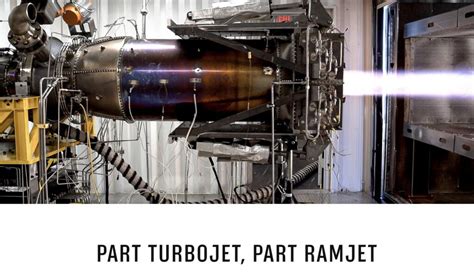
+
The key components of a scramjet engine include the inlet, combustion chamber, nozzle, and fuel system.
What are the potential applications of scramjet engines?

+
Scramjet engines have numerous potential applications, including space exploration, military operations, commercial aviation, and research and development.
Related Terms:
- Ramjet
- Turbojet
- Turbofan
- Pulse jet
- Scramjet
- Turboprop
